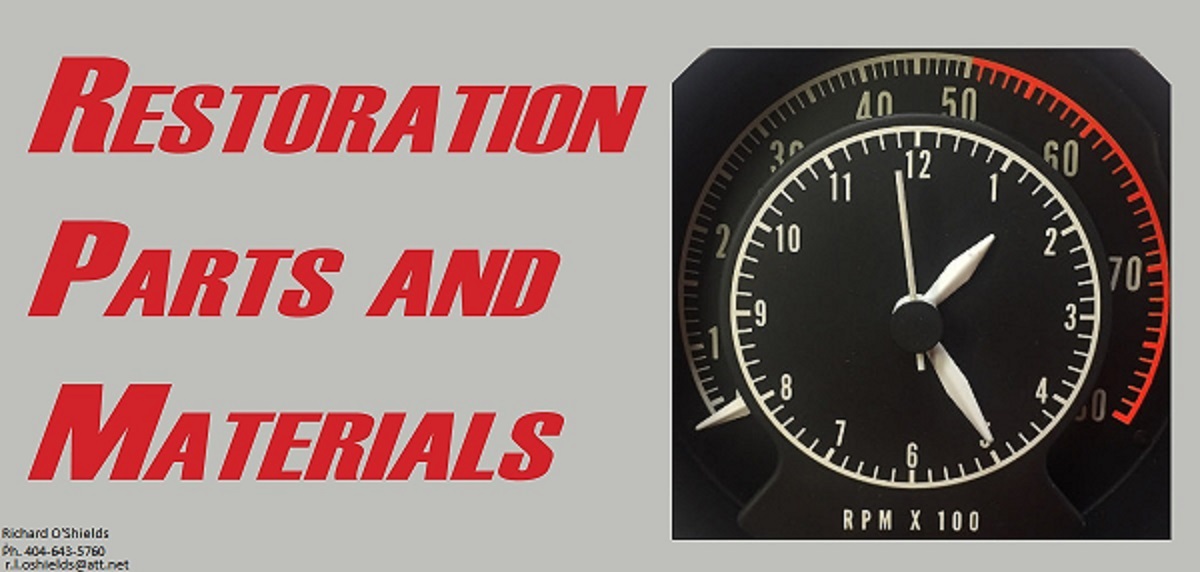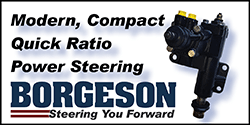65_Polara
Member
It bugs me endlessly to see cars where the tires are pulled way in under a car--like A12 cars with G70s on 6 inch wheels. On the back of my '68 Fury, I currently have a set of 255/70-15s on US Wheel Rat Rod 15x8s with 3.75" backspace that look amazing. That said, they don't accept a the '68 center cap that I'd like to have the option of running. US Wheel makes an OEM Chrysler wheel in a 15x8 w/ 4" BS and I don't think the .25" will hurt the look too much. My issues arise when I move to the front--which might be an even more egregious offender of over-tucking.
This would be a non-issue if our cars had a wider track or I could buy a 7" OEM steel wheel with 3" of backspace, but these wheels have to fit A-bodies too. I get that. My question is, who here is running a 15x8 on the front with 4" of backspace and something like a 235/70-15 (don't fuss me, Cooper says you can). Could you provide pictures?
Thanks in advance!
This would be a non-issue if our cars had a wider track or I could buy a 7" OEM steel wheel with 3" of backspace, but these wheels have to fit A-bodies too. I get that. My question is, who here is running a 15x8 on the front with 4" of backspace and something like a 235/70-15 (don't fuss me, Cooper says you can). Could you provide pictures?
Thanks in advance!

















